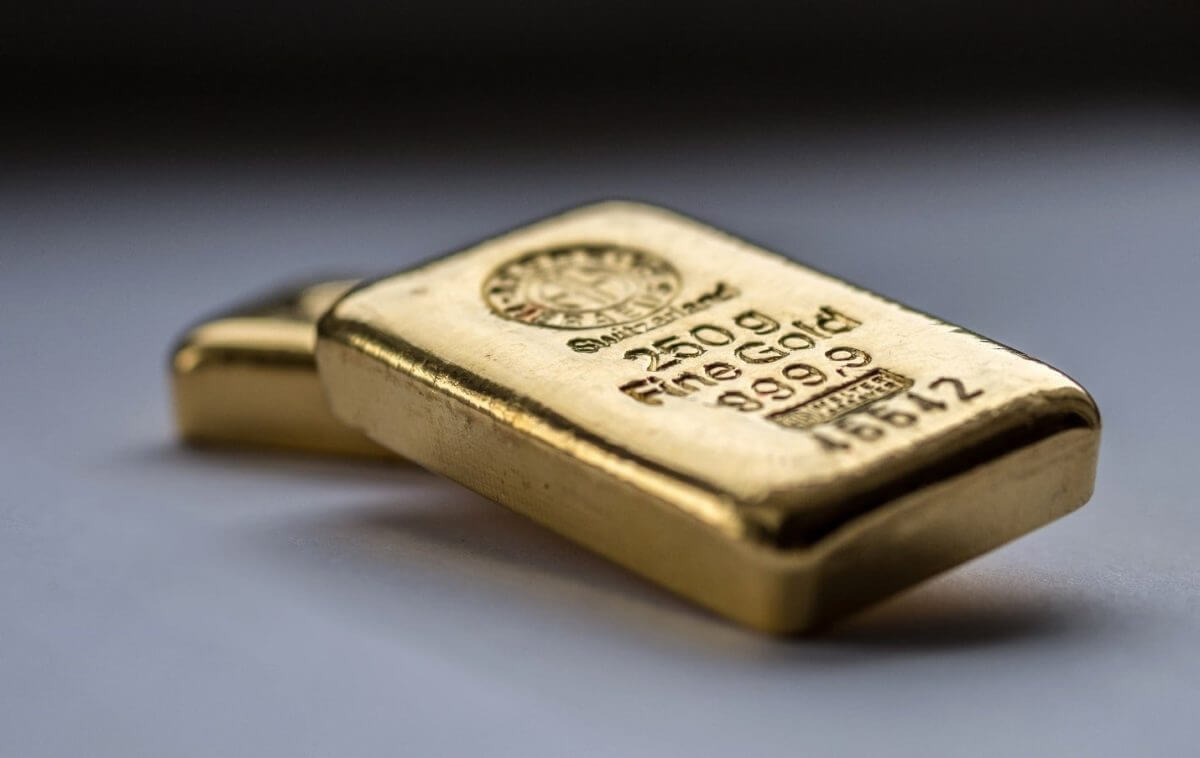
Gold Prices Drop 3.4% Amid High U.S. Interest Rates
Gold Prices Drop 3.4% Amid High U.S. Interest Rates
Quick Look:
Weekly Decline: Gold prices fell 3.4% this week due to high U.S. interest rates and reduced safe-haven demand. Rate Hike Impact: The Federal Reserve’s hawkish stance on inflation has decreased the metal’s appeal, impacting trader expectations. Current Prices: Spot gold rose 0.2% to $2,332.77 an ounce on Friday; futures dipped slightly.Gold prices held firm in Asian trading on Friday, yet the yellow metal is nursing significant weekly declines. Concerns over persistently high U.S. interest rates have weighed heavily on gold, dragging it down from record highs. This week, the broader metal market also faced pressure, with copper prices experiencing steep declines.
Impact of U.S. Rate Hikes on Gold
Gold prices are on track to record a 3.4% drop this week, following a sharp descent from record highs reached earlier. The waning safe-haven demand further exacerbated the metal’s vulnerability to the pressures from high U.S. interest rates. The Federal Reserve’s hawkish stance has been a key driver of this trend. Policymakers have signalled growing concerns over persistent inflation, with some suggesting the possibility of additional rate hikes.
Although further rate increases appear unlikely, the hawkish rhetoric has led traders to revise their expectations for rate cuts in 2024. The CME FedWatch tool indicates that traders now see an almost equal chance of a rate cut or hold in September. High interest rates are particularly detrimental to gold as they increase the opportunity cost of holding the non-yielding asset, thereby reducing its appeal to investors.
Technical Analysis and Market Outlook
On Friday, spot gold saw a slight increase of 0.2%, trading at $2,332.77 an ounce, while June gold futures dipped by 0.1% to $2,333.85 an ounce. Currently, gold is trading at $2,334.63, reflecting a 0.25% rise. Technical indicators highlight a pivotal point at $2,325.88 on the 4-hour chart, which is crucial for determining the trend direction. Immediate resistance levels are at $2,351.20, $2,370.07, and $2,393.84, posing potential barriers to further gains. On the downside, support levels are identified at $2,311.15, $2,294.61, and $2,277.29.
The 50-day Exponential Moving Average (EMA) is at $2,376.89, while the 200-day EMA stands at $2,364.39. With prices currently below these averages, the market sentiment remains cautiously bullish. The outlook remains positive as long as gold prices stay above the pivot point of $2,325.88. However, a break below this level could trigger significant selling pressure, potentially exacerbating the week’s losses.
Geopolitical Influences and Safe Haven Demand
A reduction also influenced this week’s decline in gold in safe-haven demand. The passing of the Iranian President did not escalate tensions in the Middle East as initially feared. Consequently, investors’ appetite for gold, typically considered a safe-haven asset in times of geopolitical turmoil, diminished.
Gold’s traditional role as a hedge against uncertainty did not materialise this week, highlighting how geopolitical developments can impact its demand. The interplay between geopolitical events and economic indicators like interest rates underscores the complexity of the factors influencing metal prices.
Gold’s performance this week reflects the delicate balance between geopolitical stability and economic indicators. While the market remains cautiously optimistic, the pivotal support and resistance levels will be critical in shaping gold’s trajectory in the near term. Investors should closely monitor Federal Reserve communications and geopolitical developments to navigate the potential volatility in gold prices.
The post Gold Prices Drop 3.4% Amid High U.S. Interest Rates appeared first on FinanceBrokerage.



